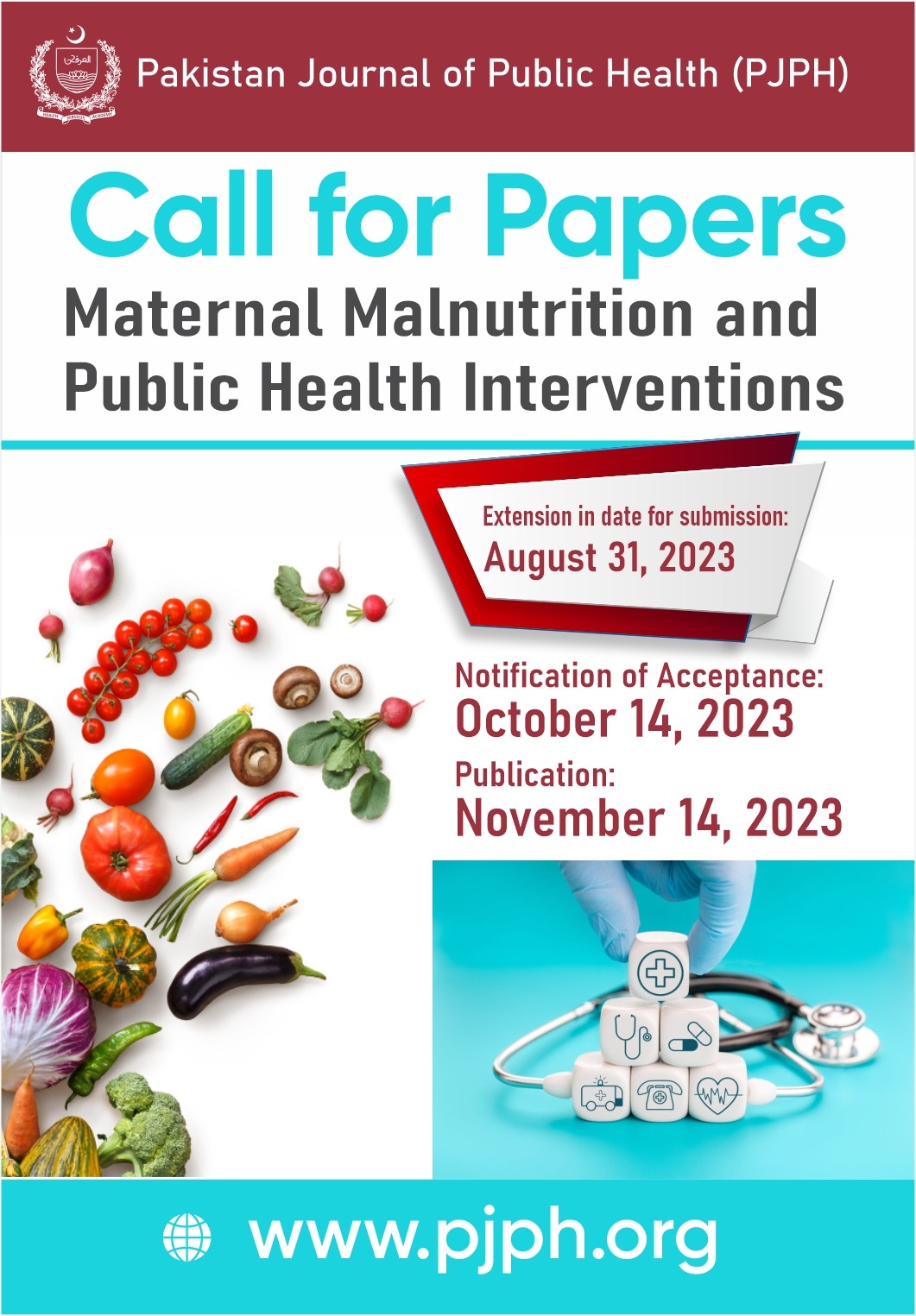PREVALENCE OF HEPATITIS 'B' AND 'C' AND IMPORTANCE OF COAGULATION PROFILE IN PATIENTS PRESENTING TO ORTHOPAEDIC WARD OF A TERTIARY CARE HOSPITAL
DOI:
https://doi.org/10.32413/pjph.v9i3.205Keywords:
Anti Hepatitis C virus antibodies (Anti HCV antibodies), Fresh Frozen Plasma (FFP), Hepatitis B surface antigen (HBsAg), Immunochromatography, Prothrombin time (Pt)Abstract
Background: Hepatitis B (HBV) and C (HCV) virus infections are emerging as a challenge world over due to the wide spread clinical spectrum and complications associated with these infections leading to a high morbidity and mortality rate. This study was carried out to determine the prevalence of HBV and HCV infections in patients presenting to the Orthopaedic department in our local population.
Methods: This study was conducted from 9th march 2015 to 8th march 2016 on a total of 1991 patients who underwent elective surgical procedure. Age and sex were not specified in the inclusion criteria. Qualitative Immunochromatography was done to screen the serum of patients and determine the presence of Hepatitis B surface antigen (HBsAg) and Anti Hepatitis C virus antibodies (Anti HCV antibodies). Prothrombin time (Pt) measured for hepatitis positive patients pre-operatively.
Results: Out of the 1991 patients, 83 (4.2%) tested positive for HBV or HCV infection. 28 (1.4%) were HBsAg and 55 (2.8%) anti HCV antibody positive. 31 (37.3%) patients with these infections had prolonged Pt requiring transfusion of Fresh Frozen Plasmas (FFPs) preoperatively. Bleeding was observed from the surgical wound site in only 4 (4.8%) of the patients with these infections.
Conclusion: Patients who present to Orthopaedic wards have high prevalence of HBV and HCV. Adequate screening should be carried out in all these patients so that measures can be taken to prevent its transmission.






